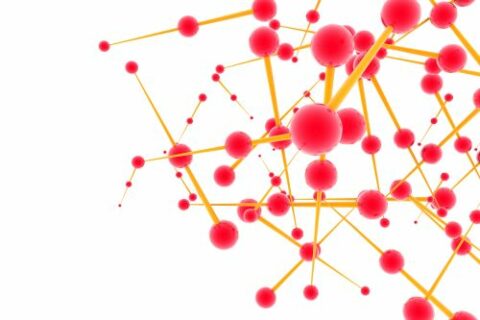Cells that stick together
Studies shed new light on cell-cell contact
The role of the physical factors which govern cell-cell adhesion and its stability should not be underestimated. This is the conclusion reached by a team of researchers led by Prof. Dr. Ana‐Sunčana Smith of the PULS Group and Professor of Theoretical Physics at FAU and their German and French collaboration partners. Their findings have recently been published in the eminent specialist journal ‘Nature Physics’. (DOI: 10.1038/nphys4138).
For many cells of the body, controlled adhesion and division, which occur during the organ differentiation phase in embryos as well as when broken skin is repaired during wound healing, are extremely important. The significance of close cell-cell contact is most evident when it fails; for example, in tumours adhesion decreases and cells eventually become detached. In this case, intercellular junctions tend to dissolve and as a result, metastases can form.
The key role of cadherins
Cadherins, a class of transmembrane proteins, assume an important role in cell adhesion as they can bind not only to one another, but also to cadherins of other cells. The binding of two cadherin molecules on two different cells thus provides, as it were, the starting point for the formation of extensive contact zones. The FAU research team has now come up with the theory that the process whereby contact is made and lost may be far more dependent on purely physical factors than was previously thought. This has been confirmed by computer simulations and experiments conducted by researchers in Würzburg, Jülich, Stuttgart and Marseille.
Adhesion of model membranes
Cadherin-containing model membranes were brought into contact with one another, and various physical parameters which influence the fluctuation behaviour of the membrane, such as the sugar or salt levels, were then selectively altered. Even very small changes had a major impact on the formation and development of cell-cell contacts. Biological processes could thus potentially be regulated by modifying purely physical parameters such as the temperature, activity or local lipid composition of the membrane. The researchers assume, in view of the physical nature of this control mechanism, that similar membrane-induced interactions may occur between the proteins in many cellular processes that are dependent on membrane/protein densities.
The research was funded by a European Research Council (ERC) starting grant, an EAM starting grant of the FAU Cluster of Excellence Engineering for Advanced Materials and by Research Training Group (RTG) 1962 at FAU. It will be continued within the framework of the BigThera project of the FAU Emerging Field Initiative.
Further information:
Prof. Dr. Ana-Sunčana Smith
Phone: +49 9131 8520842
smith@physik.fau.de
